...From the Redwood Forests... - part 2
/Day One of our trip to the redwood forest is here. On the second day we drove north to spend time in the redwood parks that are north of Eureka. They are all managed together as part of the Redwood National and State Parks.
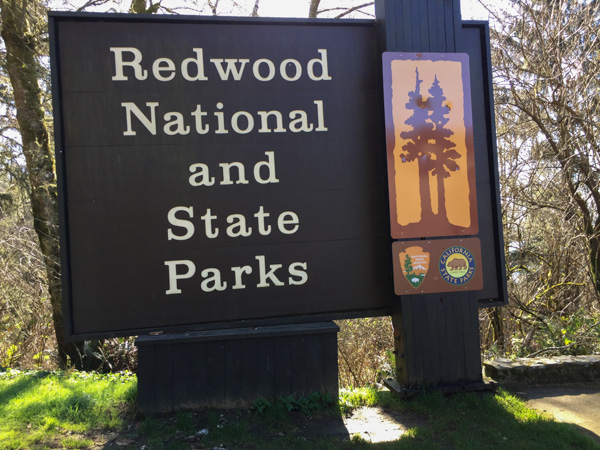 From Wikipedia: "... the four parks, together, protect 45% of all remaining coast redwood (Sequoia sempervirens) old-growth forests, totaling at least 38,982 acres. These trees are the tallest and one of the most massive tree species on Earth."
From Wikipedia: "... the four parks, together, protect 45% of all remaining coast redwood (Sequoia sempervirens) old-growth forests, totaling at least 38,982 acres. These trees are the tallest and one of the most massive tree species on Earth."
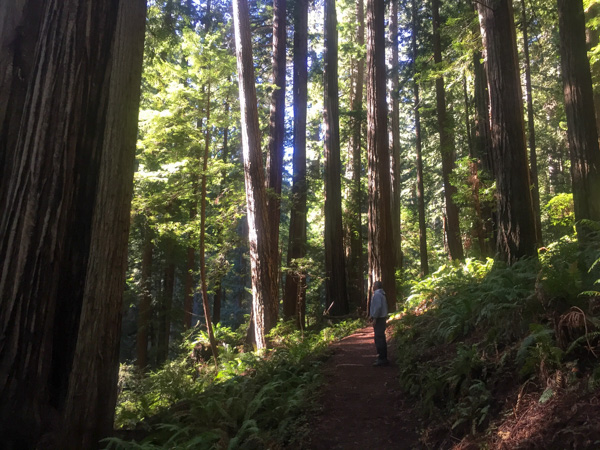 In 1850 there were 2 million acres of redwood forest along the northern California coast. After years of unrestricted logging the Save-the-Redwood League, created in 1918, was successful in establishing three State Parks in the 1920's.
In 1850 there were 2 million acres of redwood forest along the northern California coast. After years of unrestricted logging the Save-the-Redwood League, created in 1918, was successful in establishing three State Parks in the 1920's. 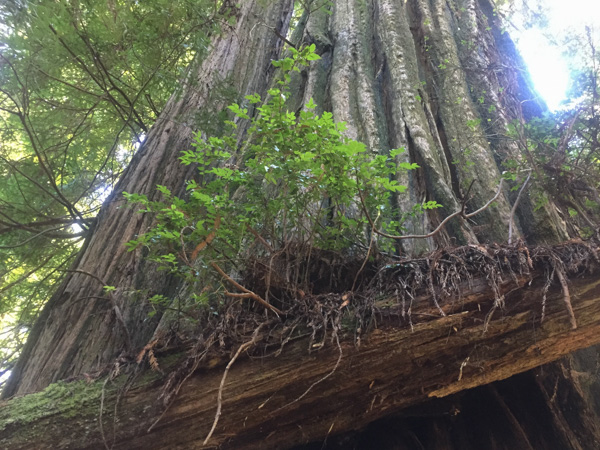 Redwood National Park was created in 1968 after 90% of the original redwood trees were gone. Now the State and Federal agencies cooperatively manage the forests and watersheds as a single unit.
Redwood National Park was created in 1968 after 90% of the original redwood trees were gone. Now the State and Federal agencies cooperatively manage the forests and watersheds as a single unit.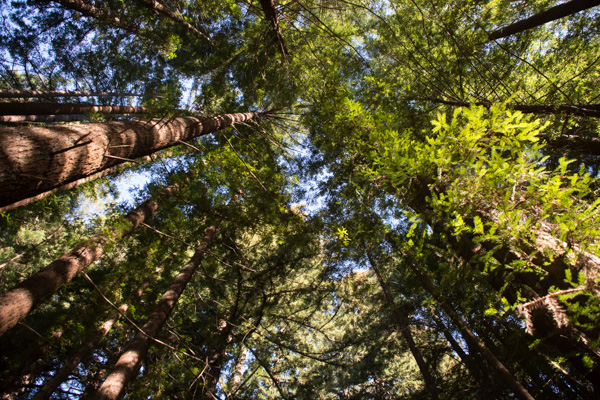 I'll mention here that all these photos were taken with my iPhone because the previous night I dropped my camera (on the carpet in the motel) and the lens popped off. I couldn't get it back on and knew that I wouldn't be able to get it fixed until after I came back from Texas (where I was headed as soon as we returned from this trip).
I'll mention here that all these photos were taken with my iPhone because the previous night I dropped my camera (on the carpet in the motel) and the lens popped off. I couldn't get it back on and knew that I wouldn't be able to get it fixed until after I came back from Texas (where I was headed as soon as we returned from this trip).
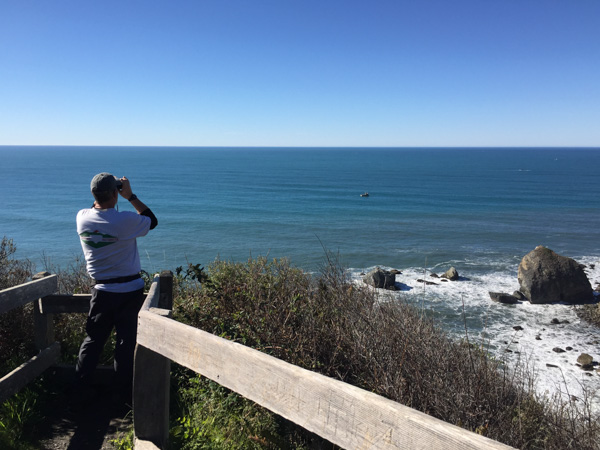 We took a side trip to the spot where the Klamath River flows into the ocean and walked down the steep trail to this overlook. That's Dan looking across the ocean for Meryl (my DIL who is in Australia right now).
We took a side trip to the spot where the Klamath River flows into the ocean and walked down the steep trail to this overlook. That's Dan looking across the ocean for Meryl (my DIL who is in Australia right now).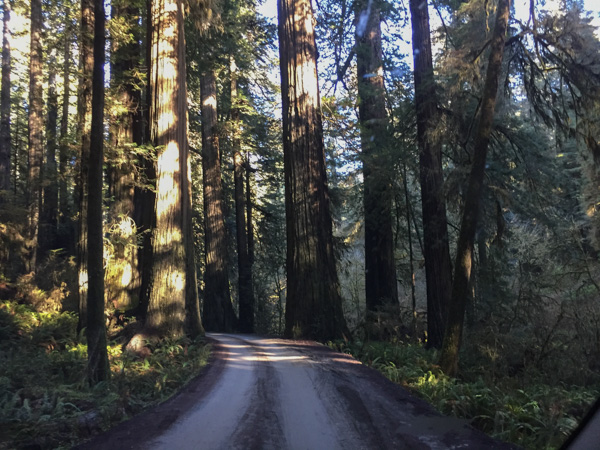 We drove farther north to the Stout Grove in the Jedediah Smith Redwoods State Park.
We drove farther north to the Stout Grove in the Jedediah Smith Redwoods State Park. 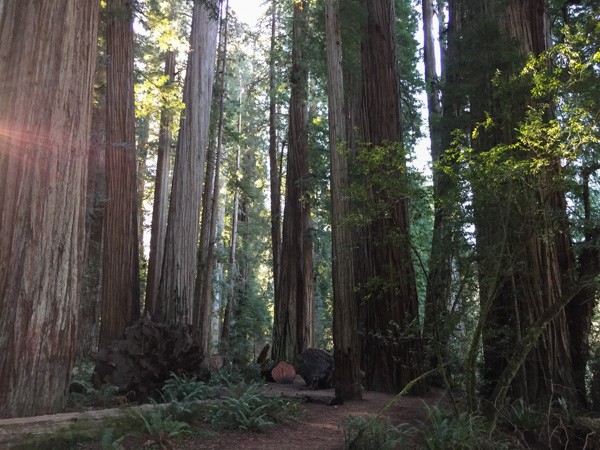 Every time we stopped we continued to be impressed with the grandeur of these trees and the forest.
Every time we stopped we continued to be impressed with the grandeur of these trees and the forest.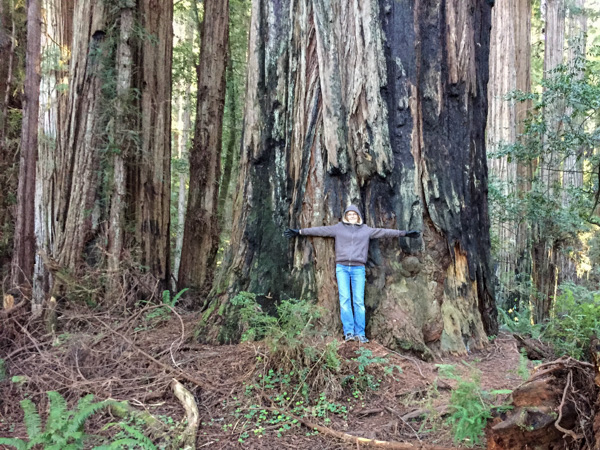
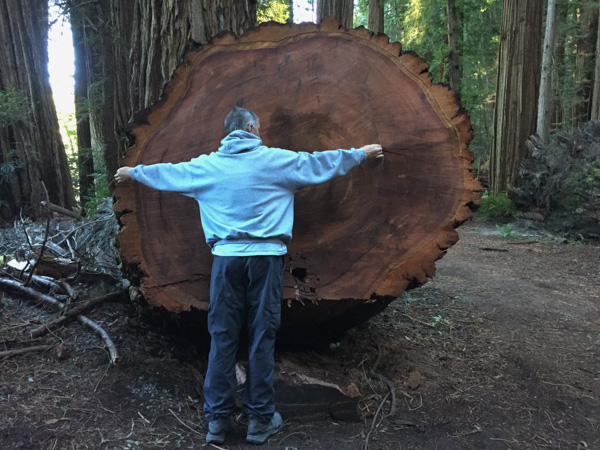 This tree had fallen and then was cut to clear the path.
This tree had fallen and then was cut to clear the path.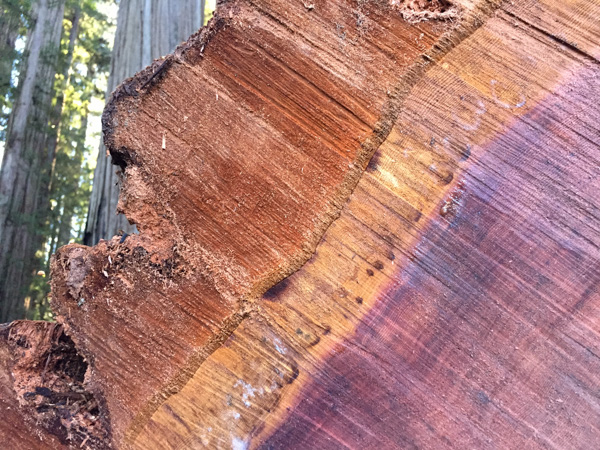 Look at that brilliant color.
Look at that brilliant color.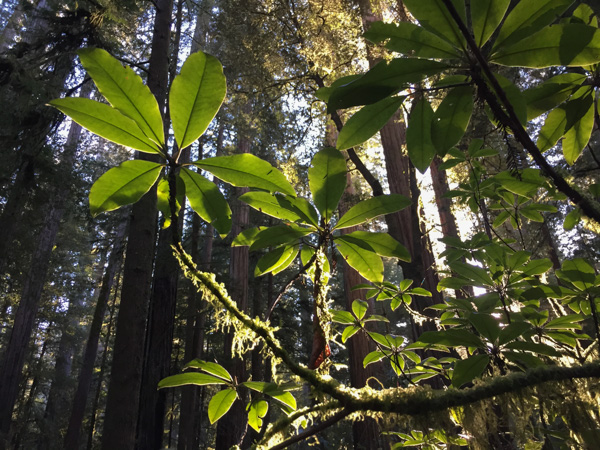
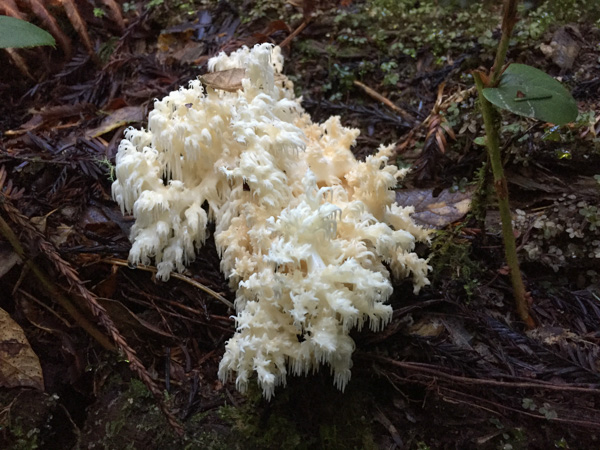 We were surprised that we didn't see more mushrooms and fungus, but this one did catch my eye. Late in the afternoon we headed toward the coast at Crescent City.
We were surprised that we didn't see more mushrooms and fungus, but this one did catch my eye. Late in the afternoon we headed toward the coast at Crescent City.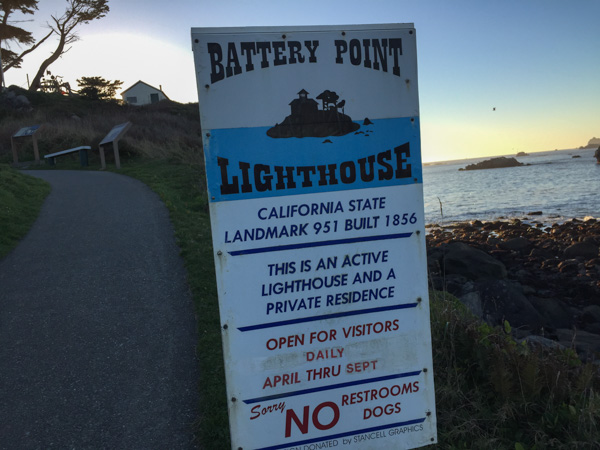 Our map book showed two lighthouses so we started with Point St. George. We found that lighthouse (manned from 1891 to 1975 and abandoned in 1995) but it was 6 miles offshore. The Battery Point Lighthouse is accessible at low tide so we were able to walk to it, but we were too late for a tour.
Our map book showed two lighthouses so we started with Point St. George. We found that lighthouse (manned from 1891 to 1975 and abandoned in 1995) but it was 6 miles offshore. The Battery Point Lighthouse is accessible at low tide so we were able to walk to it, but we were too late for a tour.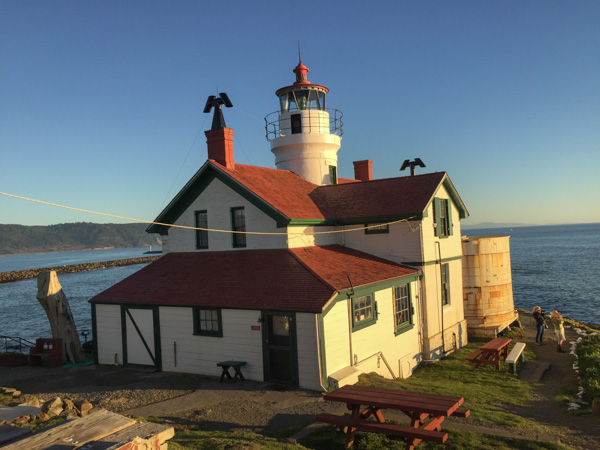
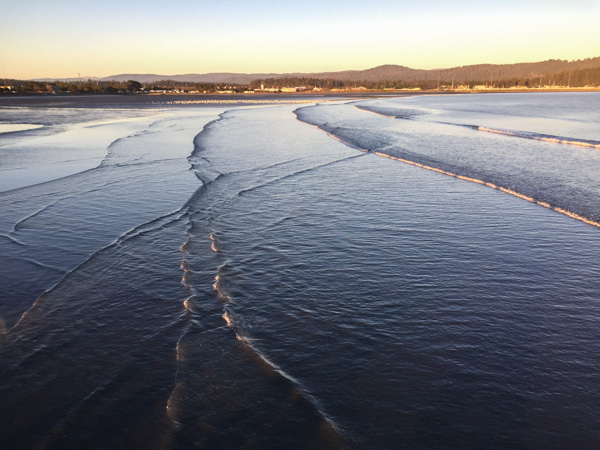 We walked along the breakwater (seen in the lighthouse photo) and then out on a pier. This is a view looking back toward Crescent City.
We walked along the breakwater (seen in the lighthouse photo) and then out on a pier. This is a view looking back toward Crescent City.
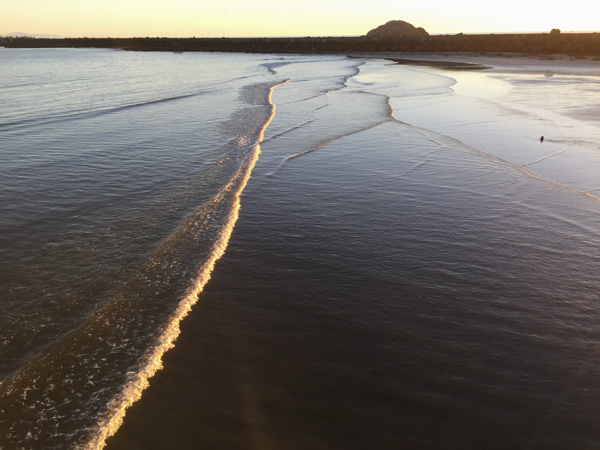 This is the view looking back toward the breakwater and the setting sun.
This is the view looking back toward the breakwater and the setting sun.
We headed home the next morning because I was leaving early the following day for Texas. This was a short trip (time-wise), but well worth it.

